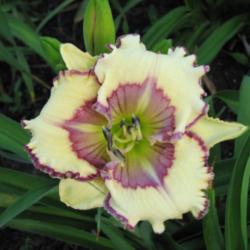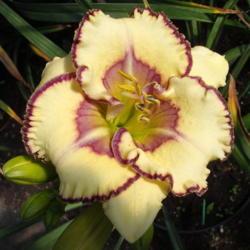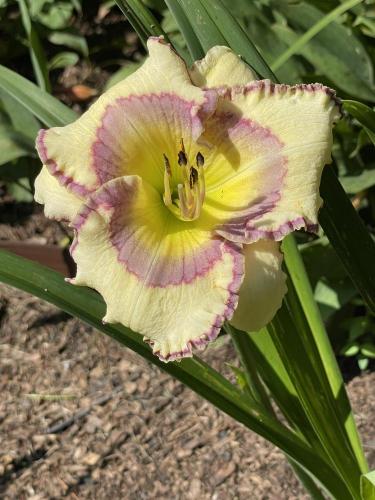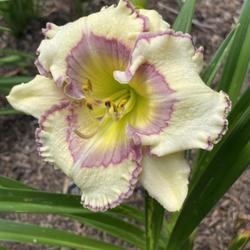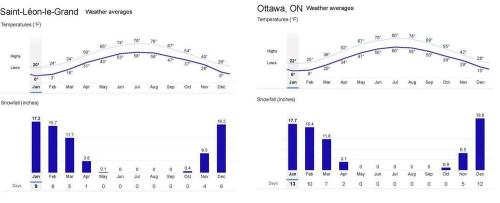admmad said:
I assume (perhaps not a safe assumption) that 'Web of Illusion' grows reasonably well in the two Canadian locations since they grow and sell it. What causes a daylily to grow well in one location and not very well in a reasonably similar different location?
I have had daylily cultivars that did not grow well when I first purchased them. However, sometimes, when I purchased them again, usually from a different supplier, they grew well. Might different (but apparently similar) planting locations in the same garden make such important (large) differences in the growing ability of some daylilies? Why?
Maurice, I have been putting notes together trying to figure out the "why". Almost missed this thread but in trying to figure this all out, I've been reading some Daylily of the Day threads that have many responses trying to figure out the similarities in the daylilies that do well in different areas of the country. The "why" I started trying to figure out was based initially on my observations in my garden. Most of the daylilies here are new. Some seemed to take off soon after planting, other's lagged. Most of the newly planted daylilies flowered and held pods, some alot of pods. Some seemed totally unaffected by this, while others stayed the small size they were at the beginning of the season. I compared two that were striking to me in terms of growth differences noted on August 2nd. The lagered is dormant hybridized in the North, planted small double fan, two scapes, one pod on each scape. The contrast a single fan semi-evergreen hybridized in the North, held many pods and a new fan started to grow. This will be the first winter here for both. I started looking into the parent plants but haven't gotten that far yet.
I also noticed that some daylilies planted in August 2022 purchased from one place seem to be struggling after their first winter and may not make it. The contrast, a group of others purchased by a different grower planted in September 2022 not only survived but are thriving. Both suppliers are reputable highly regarded places. The struggling ones planted in August were from a place South of me, the thriving ones, northern climate. I just started looking up the individual daylilies for more information.
I've gone down a rabbit hole to say the least looking into locations hybridized, conditions grown, location purchased, parent plants (frustrating unknown x unknown or seedling) and so forth. Your post here has redirected me as to whether or not root growth is the common link between daylilies that do well despite stresses (dividing, moving, pods, climate, competition etc. ). Whether these daylilies have the ability to continue their root growth despite these stresses and are the ones we consider "good garden plants" and can be grown in many or most locations. If so are these limited to fast growers (one's that need to be divided alot) and/or is the key whether that they have the ability to grow despite stresses, I'll call that strong growers? Whether strong growers always equate fast growers I don't know. Just wondering outloud if there is a common link. Could be just another rabbit hole.
